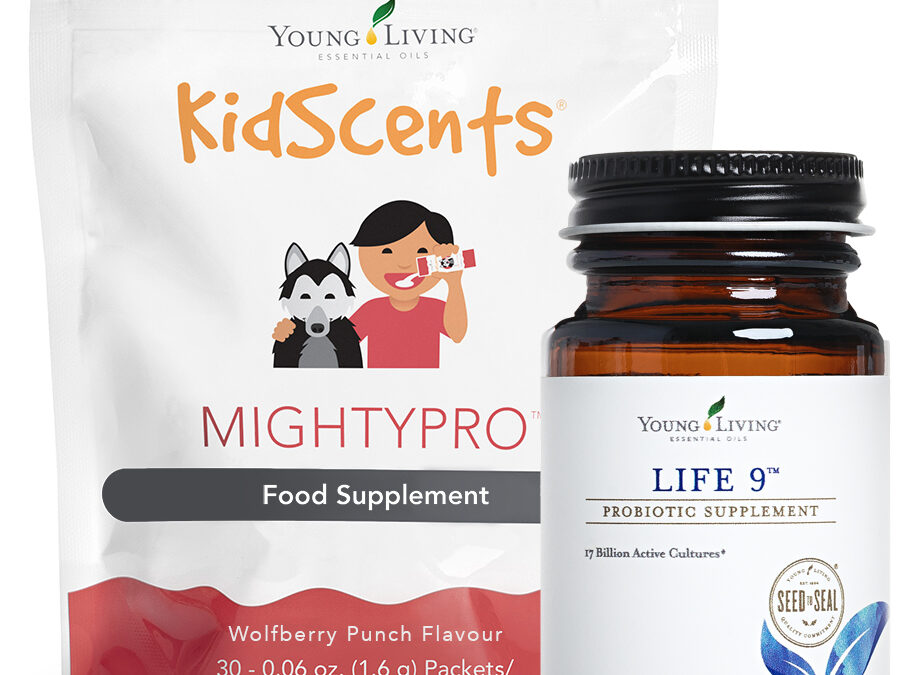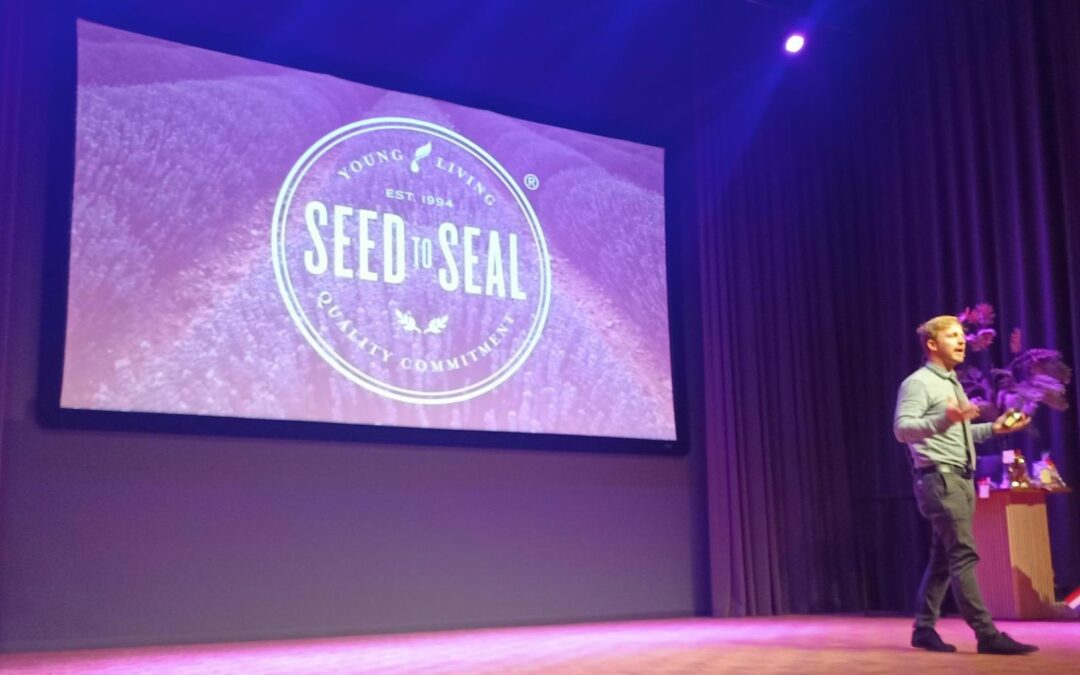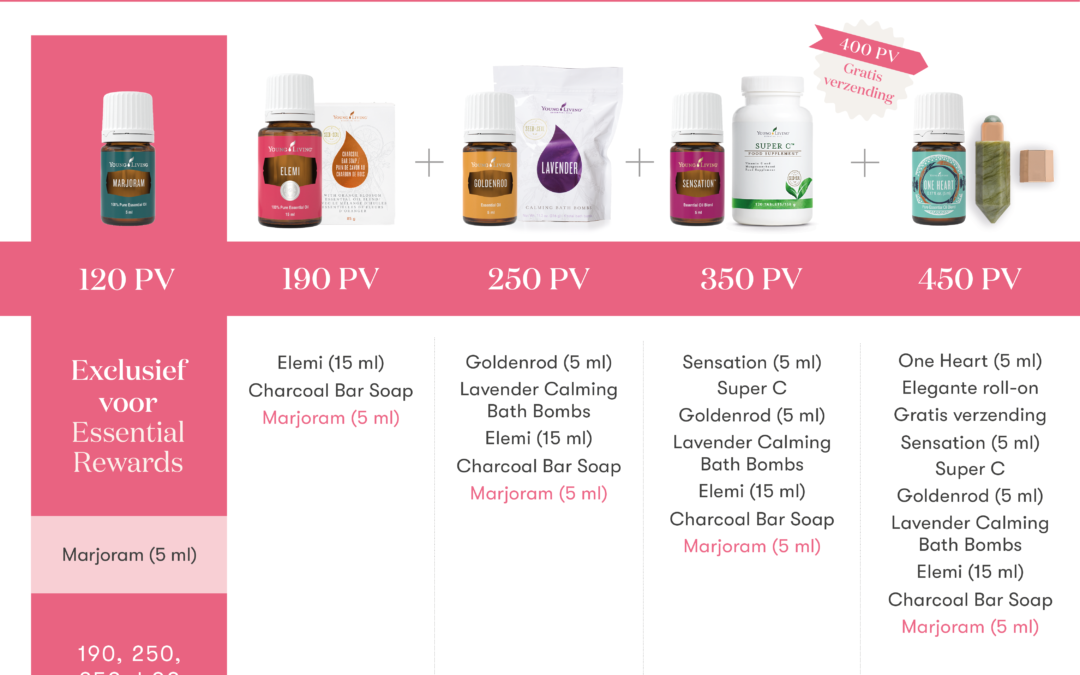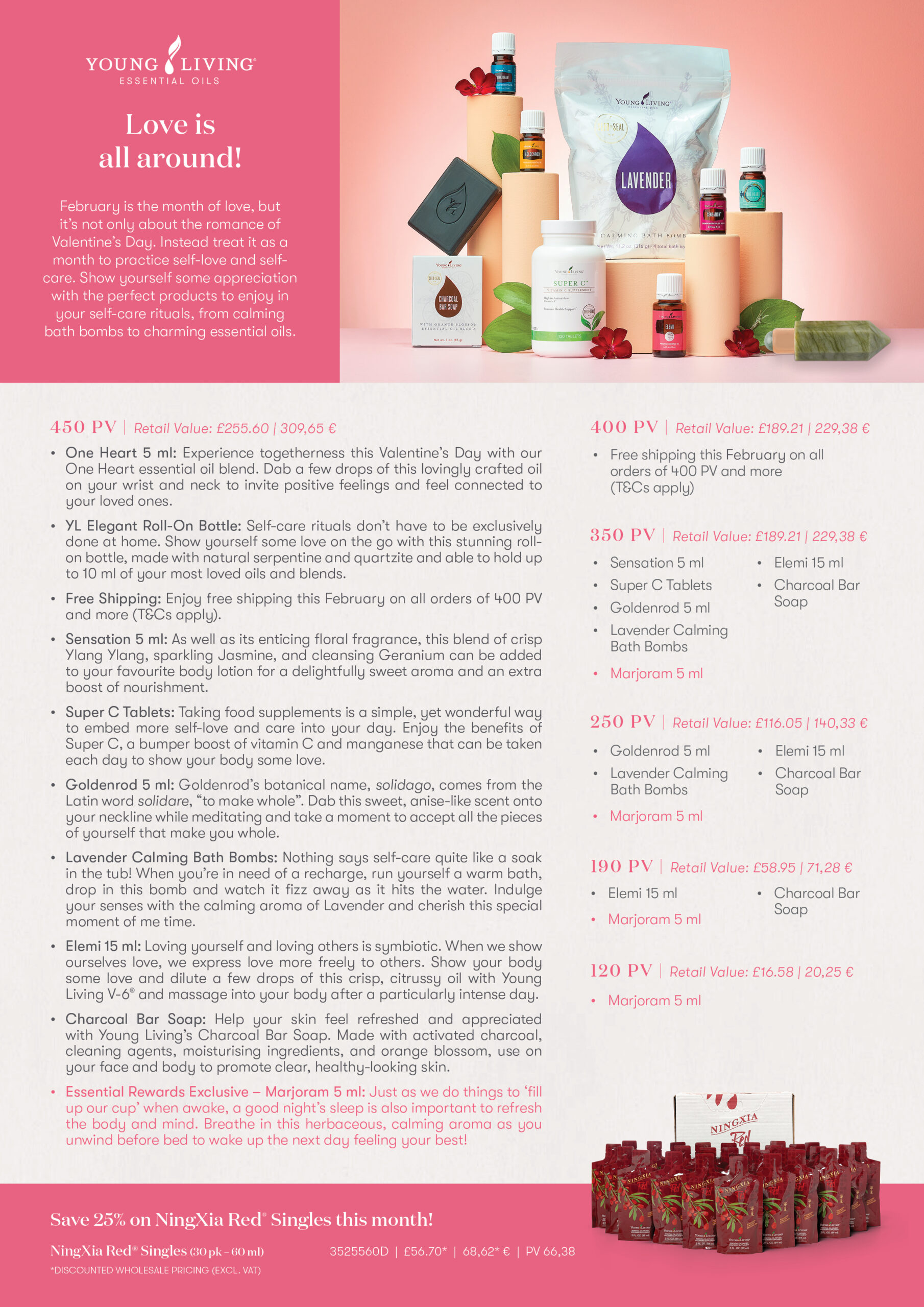
by Ed Slingerland | Mar 1, 2023 | Blog, frequently asked question, Newsletter
What is the difference between PREbiotics and PRObiotics? Our bodies are home to 100 trillion bacteria: the microbiome. A large proportion of these live in the gut, which is also known as the intestinal flora. In a healthy intestinal flora, beneficial and harmful bacteria are in balance. In this case, the inside of the intestinal wall is completely occupied by bacteria. As a result, the harmful bacteria cannot multiply because there is insufficient space and food for new bacteria. Thus, the balance is maintained.
The harmful intestinal bacteria can cause diarrhoea, infection or intestinal inflammation.
In contrast, the good gut bacteria help keep the bad gut bacteria under control; they help boost your immune system, reduce gas and improve digestion. The body also needs the good gut bacteria to synthesise certain vitamins and absorb certain nutrients.
So while prebiotics and probiotics are both good for health, the difference between prebiotics and probiotics is really what they do and where you can find them.
Prebiotics are mainly found in vegetables, fruits and grains, but also in legumes and nuts. So prebiotics are fibres, but not all fibres are prebiotics!
PRObiotics are mainly found in dairy products that contain large amounts of useful lactic acid bacteria. These bacteria, such as lactobacilli and bifidobacteria, survive stomach acid and therefore reach the gut.
Young Living has 2 very nice probiotic products: Life 9 contains a combination of nine friendly bacterial strains with a total of 17 billion live bacteria.
- Lactobacillus acidophilus
- Bifidobacterium lactis
- Lactobacillus rhamnosus
- Streptococcus thermophilus
- Bifidobacterium longum
- Bifidobacterium breve
- Lactobacillus salivarius
- Lactobacillus plantarum
- Bifidobacterium bifidum
KidScents® MightyPro is a unique supplement specially formulated for children over the age of two. This dietary supplement contains more than eight billion live cultures
- lactobacillus paracasei
- lactobacillus acidophilus
- lactobacillus rhamnosus
- lactobacillus plantarum
- streptococcus thermophiles
- bifidobacterium infantis.

by Ed Slingerland | Feb 6, 2023 | Blog, frequently asked question, Newsletter
Why is there always Ylang Ylang in perfume?
Ylang-ylang is a yellow, star-shaped flower from the Cananga tree. The flower is found in tropical rainforests in India and parts of the Philippines, Indonesia, Malaysia., Australia, as well as on the Farm Finca Botanica in Ecuador. The flower has a wide range of benefits (based on scientific research and cultural traditions), ranging from beauty (it is known for its fragrance) to wellness benefits such as:
It brightens your mood. In a 2009 study, the flower increased calmness in participants. Whether applied directly to the skin or inhaled through a diffuser, the flower’s constituents can be a great stress reliever.
It acts as an aphrodisiac. There is no research to support this claim. However, the flower’s soothing properties have been associated with stimulating sexual desire and balancing mental health. In Ecuador, ONLY WOMEN pick the flowers ( of which the heart of the flower turns red)… You now understand why!
It supports the appearance of the skin. The main ingredient -linalool- uses its action to nourish, moisturise and help repair the skin. Read more about it in a 2017 study.

by Ed Slingerland | Feb 4, 2023 | Blog, Did You Know?, Newsletter
Selfcare can be really simple?
Some are busy parents, others struggle to find the perfect work-life balance, and sometimes that makes you forget that you need to prioritise yourself and your favourite self-care rituals. Setting aside time to relax during busy days is important, and following a healthy morning routine can be very useful, whether that means pampering yourself with a skincare routine, taking time to breathe and stretch during a yoga class, or simply setting goals to ensure a peaceful day/evening or night.
How do you start your day feeling relaxed?
Reading may not be the one of the first activities that comes to mind when your alarm sounds. However, reading a few pages in the morning is a very calming way to start your routine. Or do you start off with breathing exercises? Starting the day with deep breathing, during meditation or a gentle yoga session, is a great way to embrace joy, motivation and positivity and to help you let go of worries. Focus the mind, put your emotions first and feel free to do some stretching, preparing your body for the rest of the day with a sense of clarity and calmness. Or are you a fan of a hot bath, pampering massages or feeling your best when you have applied all your oils, lotions and moisturisers? Spending time in the morning to pamper yourself in your favourite way can be incredibly beneficial for the body and mind. Of course, a good self-care routine is not complete without a good, healthy breakfast. Too easily we reach for snacks or miss meals because we are at work or the kids need attention; but with a good morning routine, you will never miss a healthy and tasty breakfast again. Breakfast is the fuel to start your day. So: create a morning ritual that suits you, that energises you and enjoy to the fullest!

by Ed Slingerland | Jan 7, 2023 | Blog, Did You Know?, Newsletter
there is a major difference between LAVENDER and LAVENDIN???
Lavender (Lavandula angustifolia) and lavendin (Lavandula x intermedia) are two of the most popular species of lavender. They are both a plant species in the mint family. They are similar in appearance and scent, but there are also some important differences between the two:
lavender is native to the Mediterranean, while you can find lavendin, a hybrid species of lavender, all over the world.
Lavender is also more sensitive to cold weather and can be damaged by frost, while lavendin tolerates cold better.
Lavender is in turn more resistant to disease due to its diversity, where lavendin all have the same dna and are therefore extremely poorly resistant to that same disease.
Lavender has a more delicate flavour, while lavendin has a more robust taste.
Both are used for their essential oils, which are used in aromatherapy. Lavender oil is said to be relaxing and calming, while lavendin oil is said to be stimulating and uplifting.
And so now you know why Young Living works with Lavender and not, like the perfume and soap industry, with lavendin.





